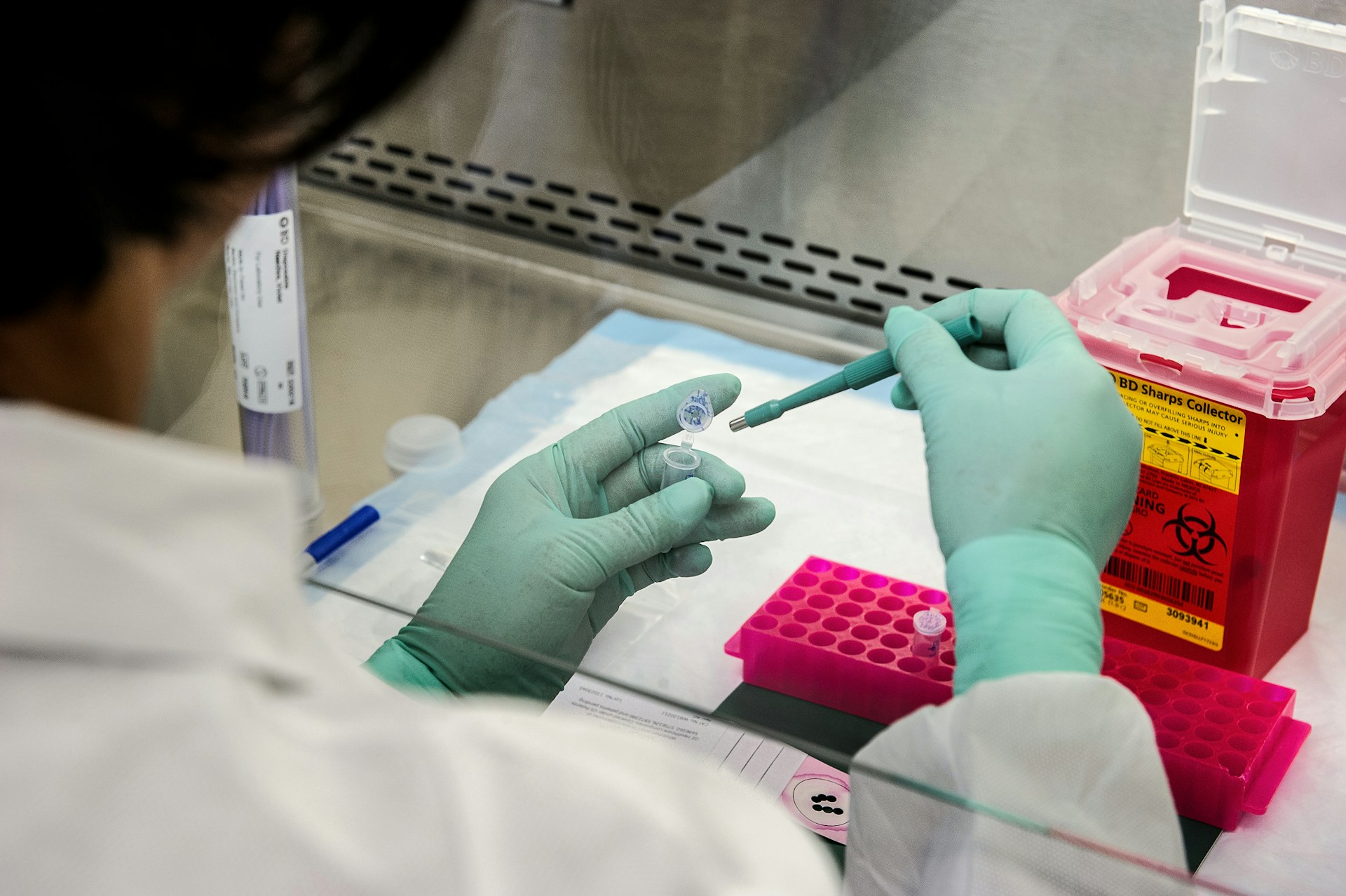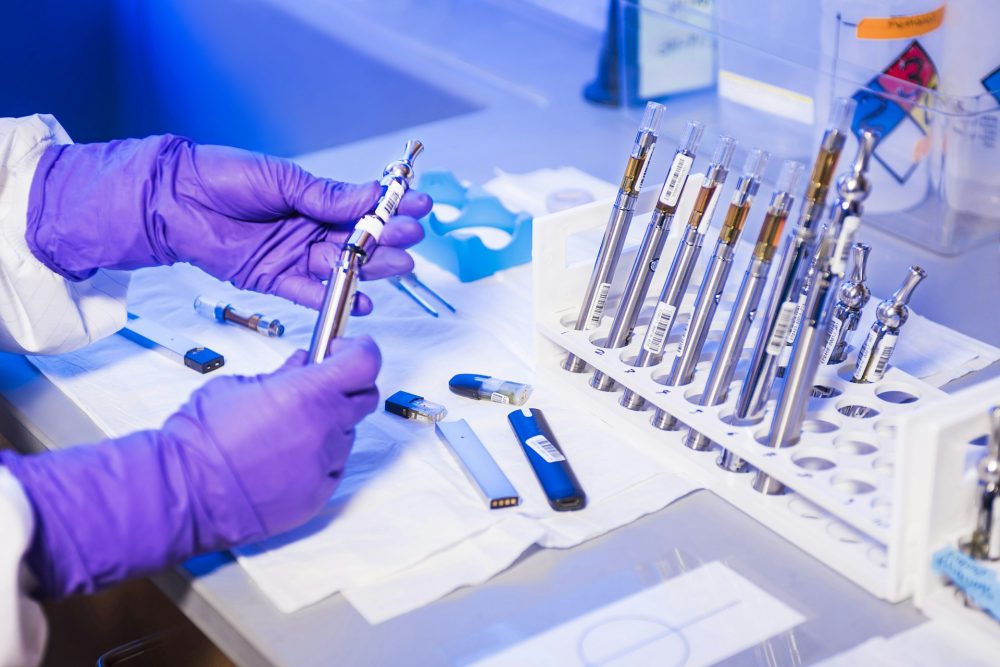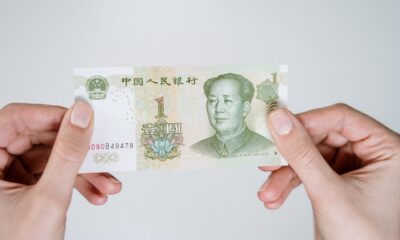Biotech
China Overtakes the U.S. in Pharmaceutical Discovery
China has overtaken the U.S. in new pharmaceutical innovation after leading the world in new drug discoveries in 2024, with 28 new molecules discovered. Although it remains a major pharmaceutical market by size, Europe, meanwhile, has seen innovation output stagnate under the weight of regulatory burdens and a lack of reciprocal policies that are shifting global pharma leadership toward Asia.

The global pharmaceutical innovation landscape is undergoing a seismic shift. Twenty-five years after the United States took the top spot in the discovery of new therapeutic molecules—surpassing Europe at the time—a new leader has emerged. In 2024, for the first time in modern pharmaceutical history, China has discovered more new drug treatments than both the United States and Europe, signaling a major reconfiguration of the global innovation hierarchy in medicine.
This development marks a significant milestone in the ongoing evolution of the global pharmaceutical ecosystem. China, once considered a peripheral player in drug discovery, has now outpaced the world’s traditional powerhouses. According to the European Federation of Pharmaceutical Industries and Associations (EFPIA), China is now responsible for the largest share of new molecules introduced to the global market last year, overtaking the U.S. in both absolute numbers and growth momentum.
China Leads in New Molecule Discoveries
The EFPIA’s recent findings indicate that over one-third of all new therapeutic molecules emerging from global pharmaceutical research and development in 2024 originated from companies based in China or Hong Kong. Specifically, out of 81 newly identified drug molecules, 28 were developed by Chinese firms, giving the country a clear lead.
The United States, long considered the dominant force in pharmaceutical R&D, followed with 25 new drugs, while Europe came in third. These figures not only illustrate China’s breakthrough year but also underscore the growing weight of Asia in the life sciences sector.
A Decade of Diverging Trajectories
The United States: A Slow Decline
The data shows a steady decline in American pharmaceutical innovation over the last five years. In 2020, U.S.-based companies were responsible for 39 new molecules. That figure fell to 35 in 2021, then to 28 by 2023. The latest 2024 numbers suggest a continuation of this trend, raising concerns among industry analysts about long-term competitiveness.
China: A Steady Climb
Meanwhile, China has charted an impressive upward trajectory. The country developed just 7 new drugs in 2020. By 2021, that number had more than doubled to 18. In 2023, it reached parity with the U.S. at 25 molecules—and in 2024, China took the lead with 28. This sustained growth trajectory reflects both increased domestic investment in R&D and a broader strategic focus on biotech.
Europe: A Flatline in Innovation
Europe, for its part, has shown little growth over the past five years, maintaining a relatively stable output. The continent was credited with 18 new molecules in 2020, a number that remains unchanged in 2024. This stagnation raises questions about Europe’s long-term position in the pharmaceutical race, especially as global competition intensifies.
Why Is Innovation Shifting Toward China?
Economic and Regulatory Pressures in the West
According to EFPIA, several structural factors are driving pharmaceutical activity toward Asia, and in particular China, including:
- Increasing R&D costs
- Growing regulatory hurdles
- Austerity measures implemented across many European countries since 2010
These pressures have made Western markets less attractive for pharmaceutical development and production, pushing companies to look towards China and other eastward locations.
Strategic Policy by China
However, the reasons behind China’s rise go beyond mere cost advantages. As reported by Les Échos, China has systematically required Western pharmaceutical companies to establish R&D centers and manufacturing facilities within its borders as a precondition for gaining access to its massive domestic market.
This strategic form of conditional market access has effectively localized innovation, allowing China not only to benefit from imported knowledge but also to develop its own capabilities in drug discovery and development. In contrast, Europe has never imposed such reciprocal demands, opening its markets without insisting on local investment in innovation infrastructure.
Against China, Europe’s Remaining Strength Is Market Size
Despite lagging in innovation output, Europe still holds significant strategic leverage over China, largely due to the size of its pharmaceutical market. According to EFPIA:
- North America accounts for 55% of global prescription drug sales (by value)
- Europe ranks second with 23%
- China follows with just 7%, though this figure is expected to grow
This means Europe retains considerable influence as a consumer market relative to China. It could, if it chose to, leverage this market power more effectively to attract and retain pharmaceutical R&D activity—by adjusting policy, offering incentives, or requiring local value creation.
A Tectonic Shift With Global Implications
China’s newfound leadership in pharmaceutical innovation represents more than just a numerical milestone—it signals a fundamental shift in global biotech dynamics. For decades, the U.S. and Europe dominated the development of new medicines. Now, that dominance is being seriously challenged by a country that has not only invested heavily in R&D infrastructure but also played its cards strategically at the regulatory and industrial policy level.
As the pharmaceutical map redraws itself, Western nations—particularly Europe—face a critical decision: continue with business as usual, or rethink how they incentivize and safeguard their own capacity for biomedical innovation in a rapidly evolving global landscape.
__
(Featured image by CDC via Unsplash)
DISCLAIMER: This article was written by a third party contributor and does not reflect the opinion of Born2Invest, its management, staff or its associates. Please review our disclaimer for more information.
This article may include forward-looking statements. These forward-looking statements generally are identified by the words “believe,” “project,” “estimate,” “become,” “plan,” “will,” and similar expressions. These forward-looking statements involve known and unknown risks as well as uncertainties, including those discussed in the following cautionary statements and elsewhere in this article and on this site. Although the Company may believe that its expectations are based on reasonable assumptions, the actual results that the Company may achieve may differ materially from any forward-looking statements, which reflect the opinions of the management of the Company only as of the date hereof. Additionally, please make sure to read these important disclosures.
First published in La Liberte. A third-party contributor translated and adapted the article from the original. In case of discrepancy, the original will prevail.
Although we made reasonable efforts to provide accurate translations, some parts may be incorrect. Born2Invest assumes no responsibility for errors, omissions or ambiguities in the translations provided on this website. Any person or entity relying on translated content does so at their own risk. Born2Invest is not responsible for losses caused by such reliance on the accuracy or reliability of translated information. If you wish to report an error or inaccuracy in the translation, we encourage you to contact us.

-

 Biotech4 days ago
Biotech4 days agoMedical Research in 2025: A Turning Point for Precision and Personalized Medicine
-

 Markets2 weeks ago
Markets2 weeks agoDow Jones Strength Faces Risk From a Potential Yen Carry Trade Unwind
-

 Impact Investing2 weeks ago
Impact Investing2 weeks agoChristmas Plastic Waste and the Path to Circular, Low-Emission Solutions
-

 Africa4 days ago
Africa4 days agoDamane Cash and FMSCD Partner to Enable Cash Advance in Exchange Offices























